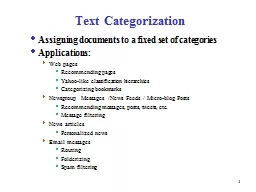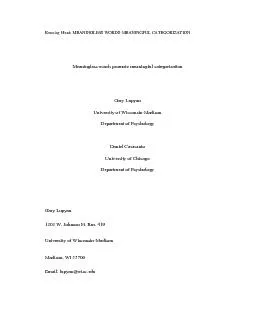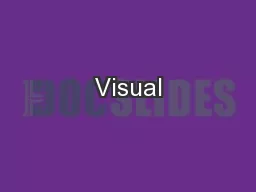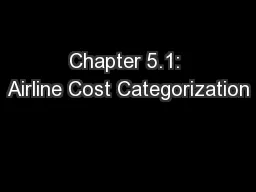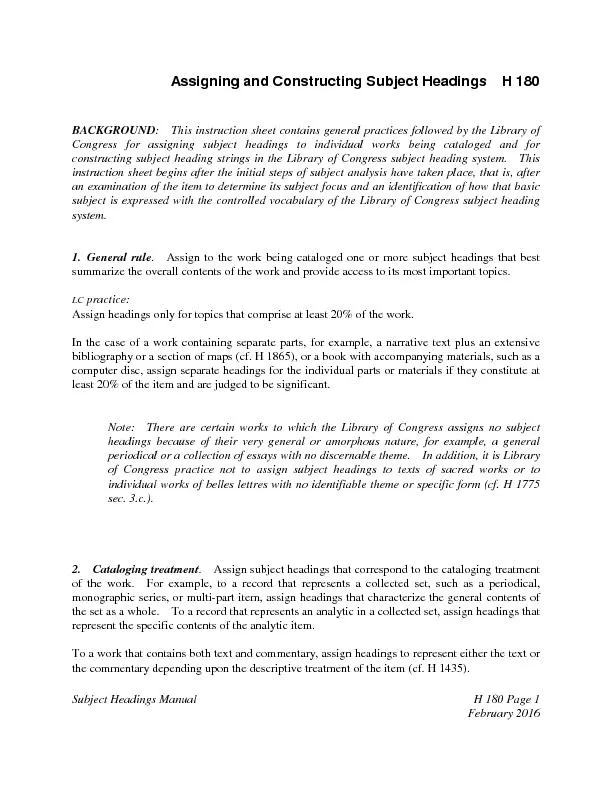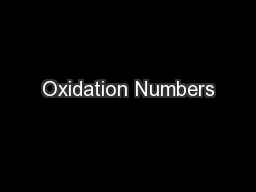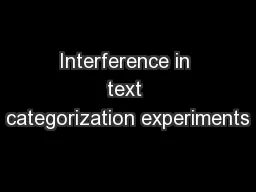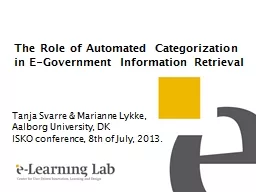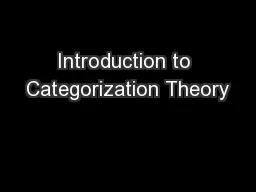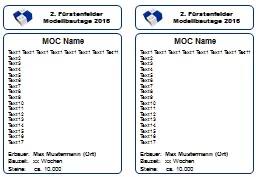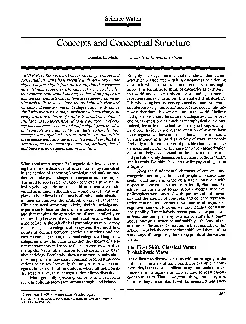PPT-1 Text Categorization Assigning documents to a fixed set of categories
Author : debby-jeon | Published Date : 2019-03-19
Applications Web pages Recommending pages Yahoolike classification hierarchies Categorizing bookmarks Newsgroup Messages News Feeds Microblog Posts Recommending
Presentation Embed Code
Download Presentation
Download Presentation The PPT/PDF document "1 Text Categorization Assigning document..." is the property of its rightful owner. Permission is granted to download and print the materials on this website for personal, non-commercial use only, and to display it on your personal computer provided you do not modify the materials and that you retain all copyright notices contained in the materials. By downloading content from our website, you accept the terms of this agreement.
1 Text Categorization Assigning documents to a fixed set of categories: Transcript
Download Rules Of Document
"1 Text Categorization Assigning documents to a fixed set of categories"The content belongs to its owner. You may download and print it for personal use, without modification, and keep all copyright notices. By downloading, you agree to these terms.
Related Documents

